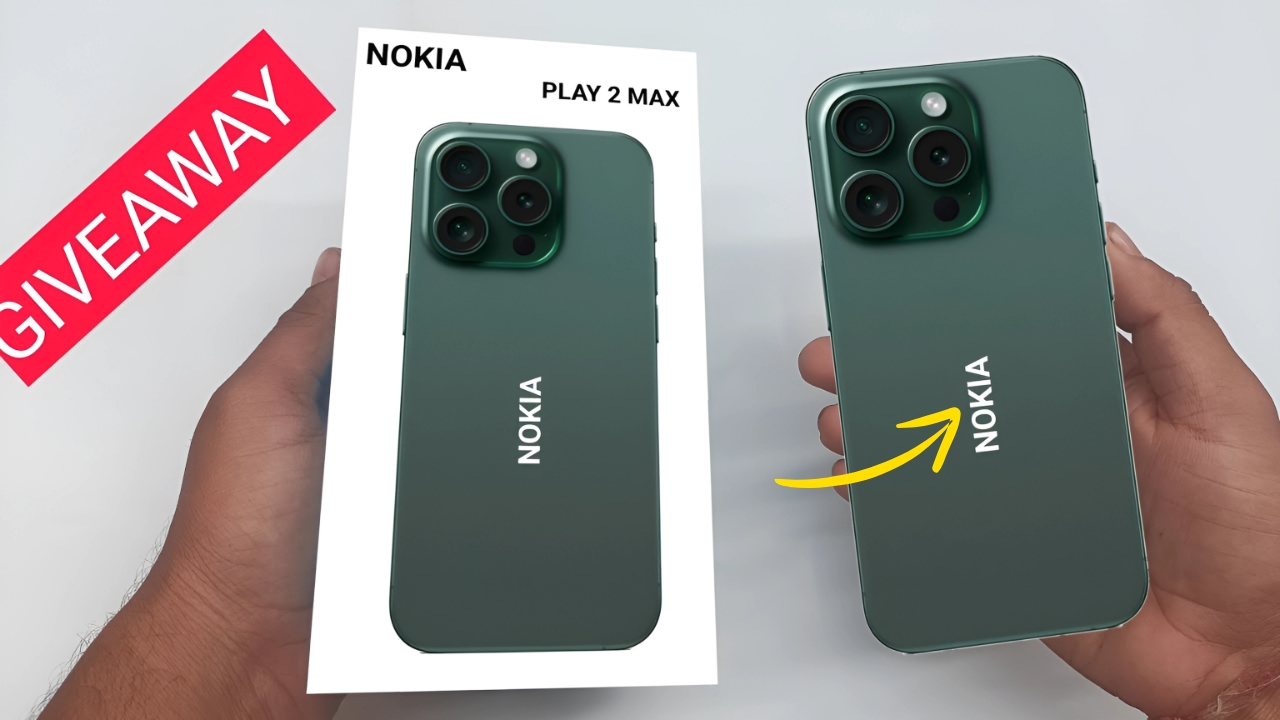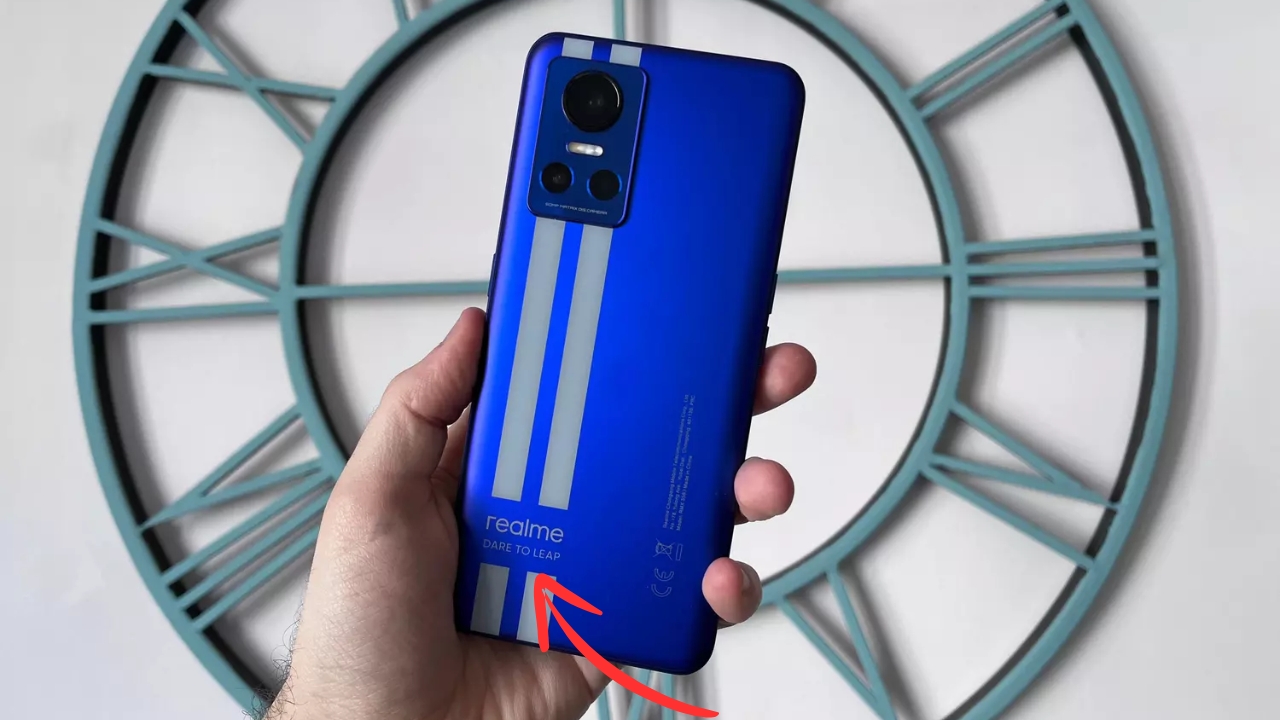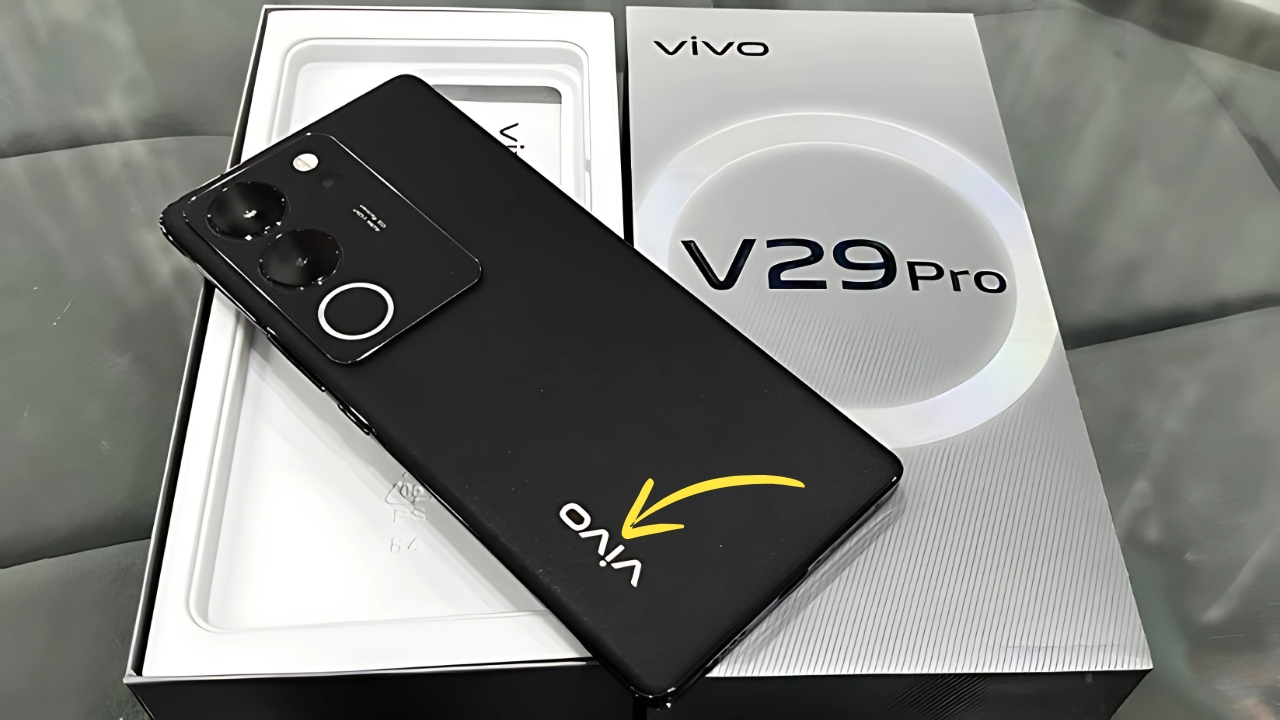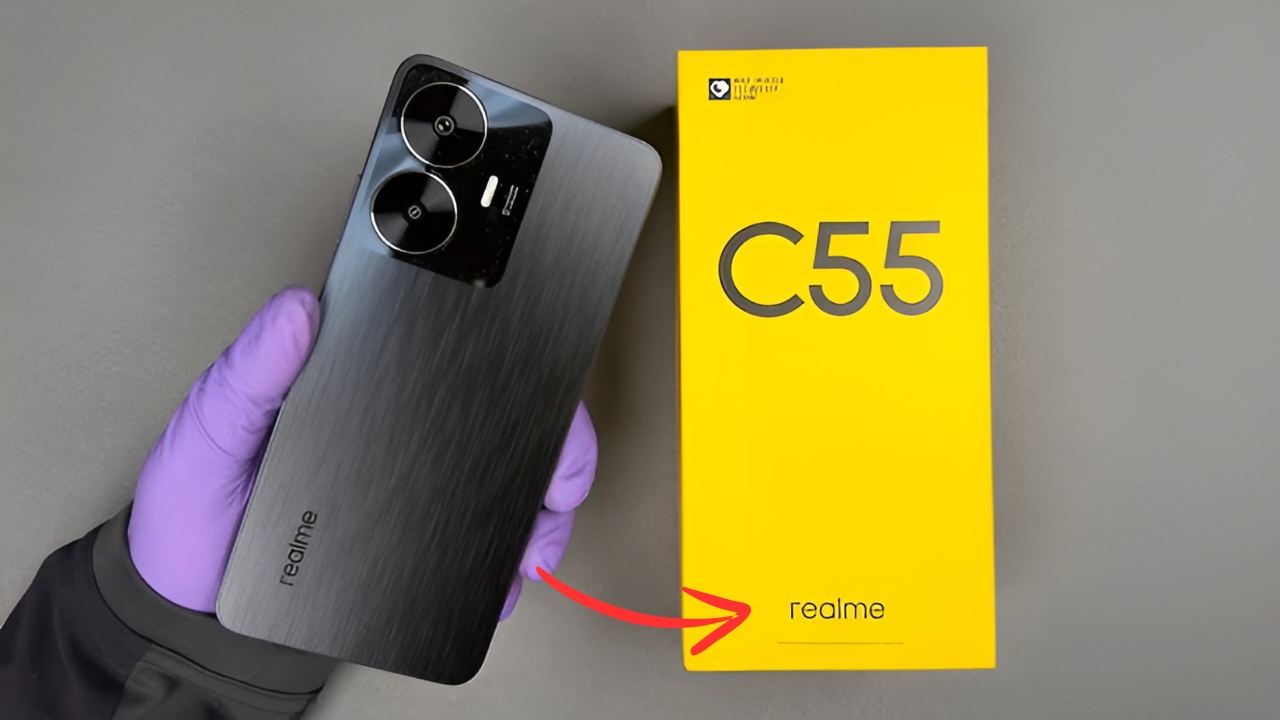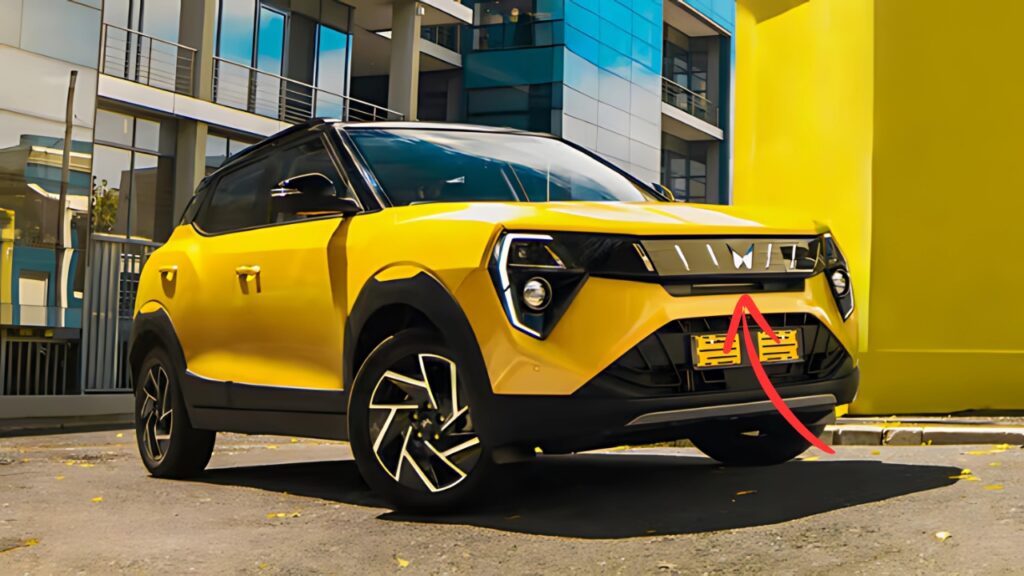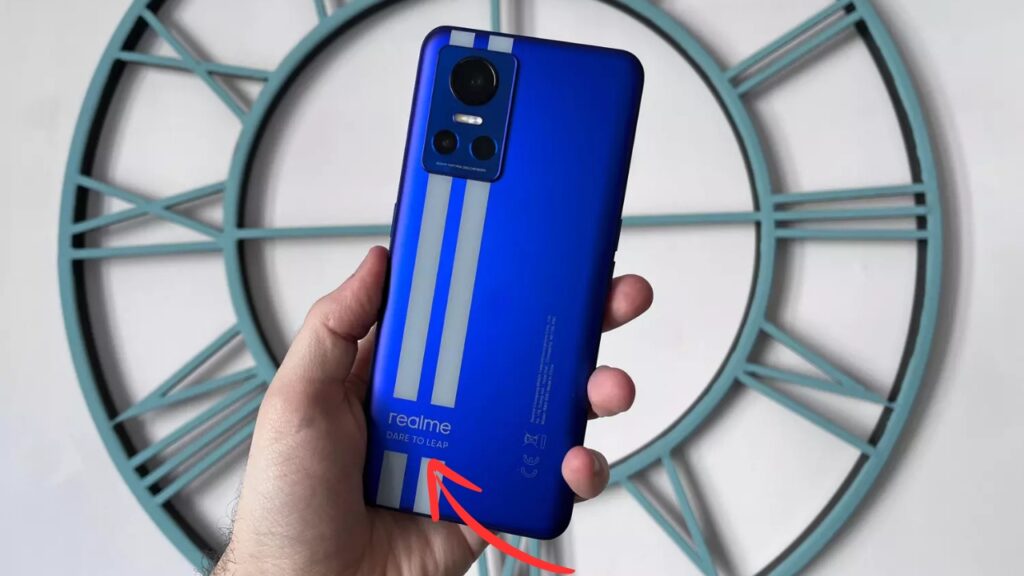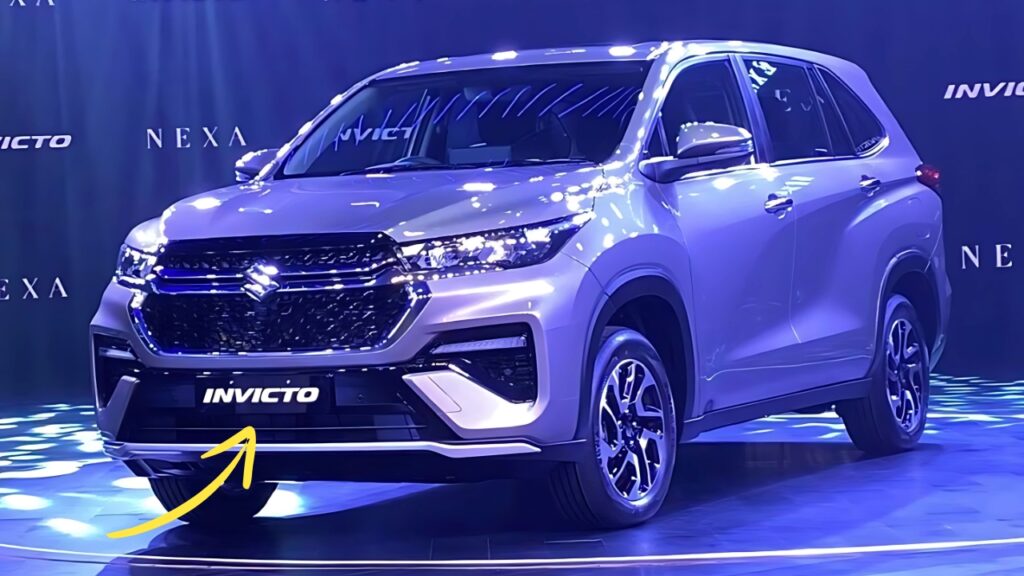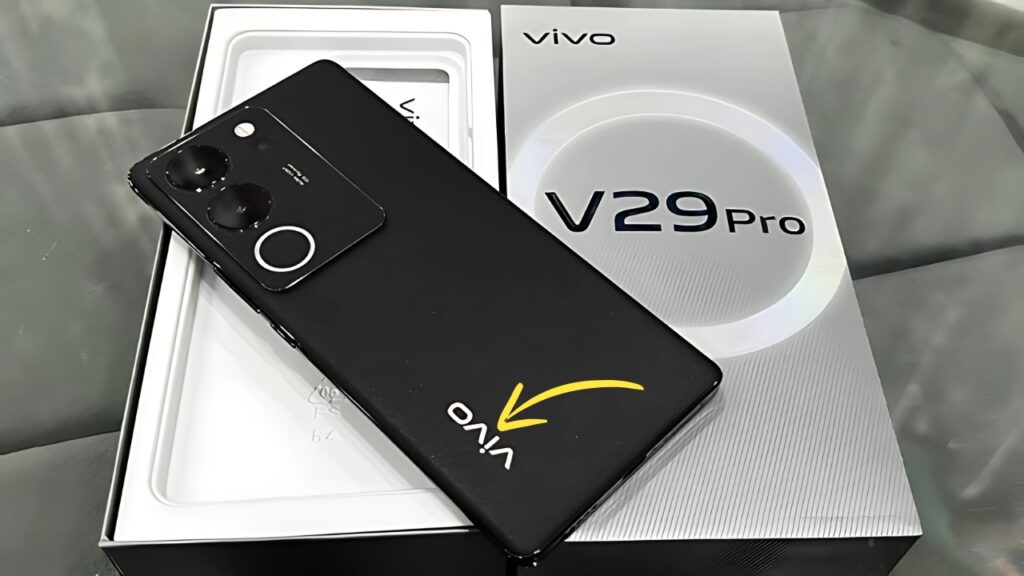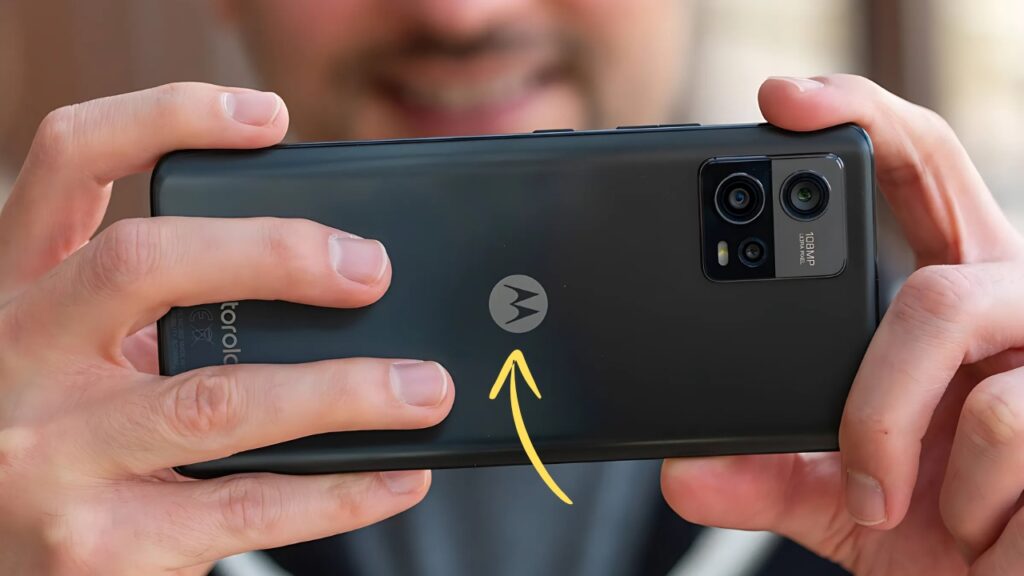Nokia Play 2 Max : The smartphone industry continues to evolve rapidly, with design aesthetics playing an increasingly crucial role in consumer purchasing decisions.
While rumors and speculation about various Nokia models circulate online, the real story lies in the broader trends shaping mobile device design and the ongoing transformation of Nokia’s brand identity under HMD Global’s stewardship.
The Quest for Slim Profile Design
Modern smartphone users increasingly prioritize sleek, lightweight devices that combine premium aesthetics with powerful functionality.
The industry has witnessed a consistent trend toward thinner profiles, with manufacturers constantly pushing the boundaries of engineering to create devices that feel premium in hand while maintaining durability and performance standards.
Contemporary smartphones typically feature profiles ranging from 7.5mm to 9mm in thickness, with flagship devices often showcasing ultra-slim designs that emphasize portability and elegance.
This design philosophy appeals particularly to users who value style alongside substance, creating devices that serve as fashion statements as well as technological tools.(Nokia Play 2 Max)
Nokia’s Current Market Position and Strategy
Starting in 2023, HMD has considered dropping the Nokia branding in favor of the generic HMD brand in order to diversify its portfolio.
This came to fruition with the 2024 release of the HMD Vibe as the first non-Nokia HMD smartphone, and by 2025, HMD has discontinued the smartphones that are still under the Nokia brand, with the exemption of feature phones.
The Finnish company’s approach to the smartphone market reflects a strategic shift toward sustainability, durability, and user-centric design.
HMD’s continued journey from smart tech to better tech is exemplified throughout its current and upcoming product lines, celebrating innovation, talent, and a better relationship with technology for generations to come.
Nokia’s current portfolio emphasizes several key design principles that resonate with contemporary consumers seeking alternatives to mainstream flagship devices.
Design Philosophy and Engineering Excellence
Nokia’s approach to smartphone design has historically emphasized durability without compromising aesthetics.
The company’s engineering teams focus on creating devices that can withstand daily wear while maintaining sleek profiles that appeal to design-conscious consumers.
The balance between form and function remains crucial in modern smartphone development.
Manufacturers must consider multiple factors when designing slim devices, including battery capacity, thermal management, structural integrity, and component placement.
These engineering challenges require innovative solutions to achieve the desired aesthetic outcomes.
Modern smartphone design increasingly incorporates premium materials such as aluminum frames, glass backs, and advanced polymer composites.
These materials allow for thinner profiles while maintaining the structural strength necessary for daily use. The choice of materials significantly impacts both the device’s appearance and tactile experience.
Market Trends and Consumer Preferences
The smartphone market in 2025 reflects diverse consumer preferences, with segments ranging from ultra-premium flagship devices to budget-conscious options that prioritize essential features.
Design trends indicate a growing appreciation for minimalist aesthetics, sustainable materials, and devices that promote healthier technology usage patterns.
Global research of almost 25,000 children and adults from around the world backs this movement as the HMD Better Phone Project Report reveals over half of kids aged 8-12 years old (52%) think they’re suffering from phone addiction in 2025.
This research has influenced Nokia’s design philosophy toward creating devices that encourage mindful technology use rather than compulsive engagement.
The company’s focus on “human-first design” represents a departure from the industry’s traditional emphasis on feature maximization.
The Feature Phone Renaissance
Interestingly, while smartphone design continues evolving toward complexity, there’s a simultaneous renaissance in feature phone popularity.
HMD will launch a final batch of Nokia feature phones in 2025 before the licensing deal with Nokia ends in 2026. Nostalgic models like 3510 and 8310 return.
These devices appeal to consumers seeking digital minimalism or as secondary devices for specific use cases.
Strip away today’s notifications from likes, shares, and comments, and what you’re left with are conversations with people you care about the most.
The design of modern feature phones incorporates contemporary materials and manufacturing techniques while maintaining the familiar form factors that made them iconic.
These devices demonstrate that innovation doesn’t always mean adding features; sometimes it means thoughtfully removing them.
Technology Integration and Slim Design Challenges
Creating slim smartphones requires sophisticated engineering to integrate multiple technologies within constrained space.
Modern devices must accommodate high-capacity batteries, advanced camera systems, 5G connectivity components, and powerful processors while maintaining thermal efficiency.
Battery technology represents one of the most significant constraints in slim smartphone design.
Manufacturers must balance battery capacity with device thickness, often employing advanced battery chemistries and power management systems to optimize performance within space limitations.
Camera systems present another design challenge, as modern smartphones incorporate multiple lenses and sensors that can impact device thickness.
Engineers use innovative stacking techniques and component miniaturization to integrate advanced photography capabilities without compromising overall device aesthetics.
Sustainability and Responsible Design
Nokia’s design philosophy increasingly emphasizes sustainability and repairability. Our consumers are passionate about the planet, often feel swamped by digital overload, and are keeping a close eye on their budget.
That’s why we are thrilled to be Europe’s largest smartphone maker, championing repair-at-home phones.
This approach influences design decisions, prioritizing materials and construction methods that support device longevity and user serviceability.
The company’s commitment to sustainable design represents a growing industry trend toward environmental responsibility.
Repair-friendly design requires careful consideration of component accessibility, fastener types, and modular construction.
These factors can impact device thickness and aesthetics, requiring engineers to balance sustainability goals with design preferences.
Innovation in Mobile Display Technology
Display technology continues advancing rapidly, enabling thinner devices with improved visual experiences.
Modern smartphones incorporate OLED and AMOLED panels that are significantly thinner than traditional LCD displays, contributing to overall device slim profiles.
Advanced display technologies also enable new design possibilities, including curved edges, under-display fingerprint sensors, and improved outdoor visibility.
These innovations allow manufacturers to create devices that are both functional and visually appealing.
Screen-to-body ratios have improved dramatically, allowing larger displays within compact form factors.
This trend supports the creation of slim devices that don’t compromise screen real estate, meeting consumer demands for both portability and usability.
Processing Power and Thermal Management
Modern smartphone processors deliver exceptional performance while operating within the thermal constraints of slim devices.
Advanced manufacturing processes enable more powerful chips in smaller packages, supporting the trend toward thinner smartphones.
Thermal management becomes crucial in slim devices, as reduced internal volume limits heat dissipation capabilities.
Manufacturers employ innovative cooling solutions, including vapor chambers, graphite sheets, and strategic component placement to maintain performance while preventing overheating.
The integration of 5G technology adds complexity to thermal management, as radio components generate additional heat.
Engineers must carefully design antenna placement and heat dissipation systems to support high-speed connectivity without compromising device temperature.
Future Design Directions
The smartphone industry continues evolving toward more personalized and sustainable design approaches.
Future devices may incorporate biodegradable materials, modular components, and adaptive interfaces that respond to individual usage patterns.
Emerging technologies such as foldable displays, advanced haptic feedback, and augmented reality capabilities will influence future design decisions.
These innovations may require new approaches to achieving slim profiles while integrating complex technologies.
The trend toward health-conscious technology design will likely continue, with manufacturers creating devices that promote positive digital habits rather than encouraging excessive screen time.
This philosophy may influence both hardware design and software interface development.
Market Competition and Differentiation
The smartphone market’s competitive landscape encourages continuous innovation in design and functionality.
Manufacturers must differentiate their products through unique design elements, material choices, and user experience innovations.
Brand identity plays an increasingly important role in design decisions, as companies seek to create recognizable design languages that distinguish their products in crowded marketplaces.
Nokia’s emphasis on durability and sustainability represents one approach to market differentiation.
Consumer preferences vary significantly across global markets, requiring manufacturers to adapt their design strategies for different regions and demographic segments.
This complexity influences production planning and product portfolio development.
Nokia Play 2 Max Conclusion: Balancing Innovation with Practicality
The evolution of smartphone design reflects broader technological and social trends, from environmental consciousness to digital wellness concerns.
While specific device rumors may capture public attention, the real innovation occurs in the careful balance between aesthetic appeal, functional performance, and responsible manufacturing practices.
Nokia’s journey under HMD Global demonstrates how established brands can adapt to changing market conditions while maintaining their core identity.
The company’s focus on human-centered design and sustainable practices represents a thoughtful approach to technology development that prioritizes user well-being alongside innovation.
As the smartphone industry continues evolving, success will likely depend on manufacturers’ ability to create devices that enhance rather than complicate users’ lives.
The most compelling future smartphones will probably be those that achieve elegant simplicity while delivering the technological capabilities modern users expect.
The pursuit of slim, attractive smartphone designs will undoubtedly continue, driven by consumer preferences and engineering capabilities.
However, the most successful devices will be those that achieve these aesthetic goals while supporting sustainable practices, user health, and genuine technological advancement rather than mere feature accumulation.
Whether through premium flagship devices or thoughtfully designed feature phones, the future of mobile technology lies in creating products that serve human needs rather than driving compulsive usage.
This philosophy will likely shape both design trends and market success in the years ahead.
